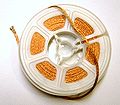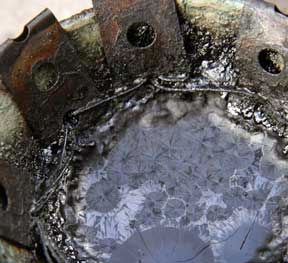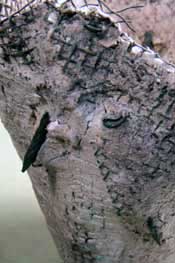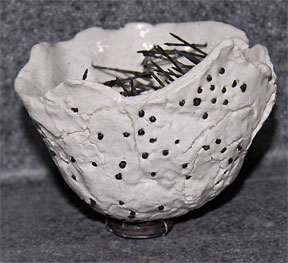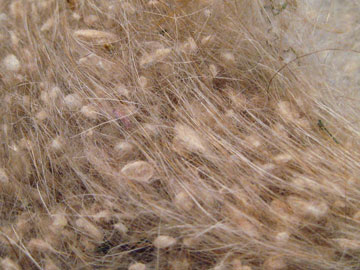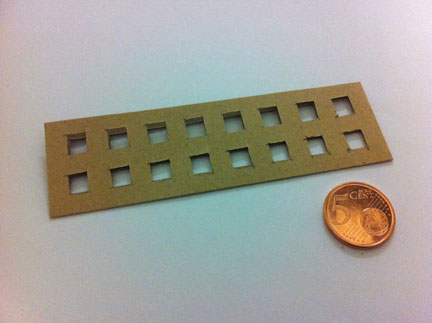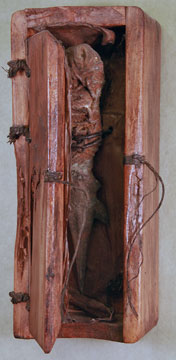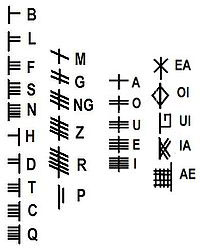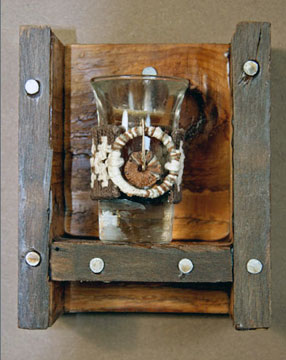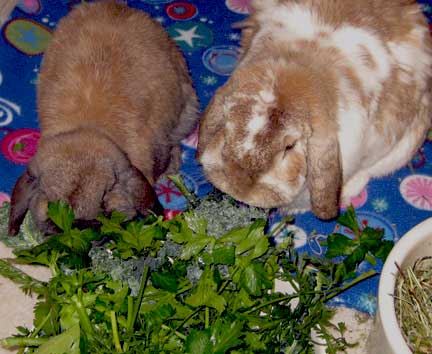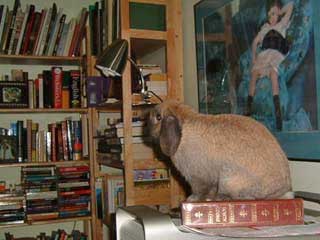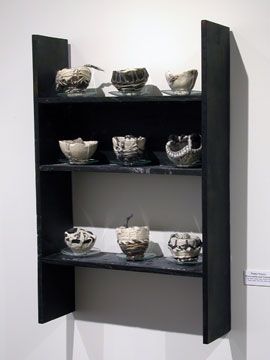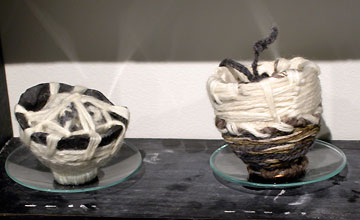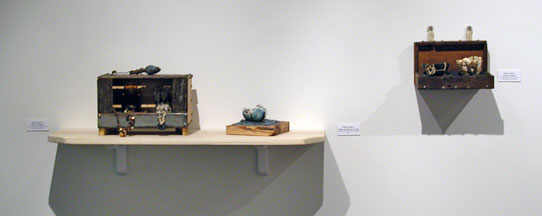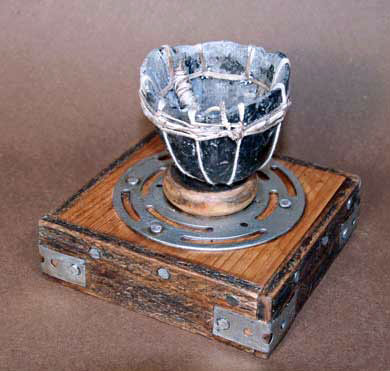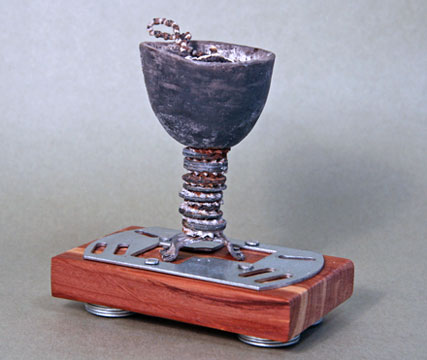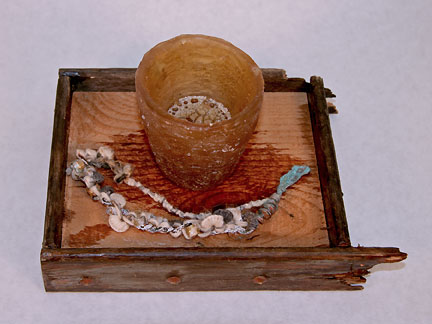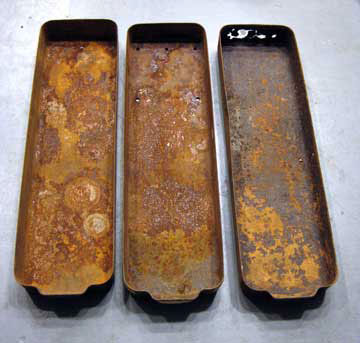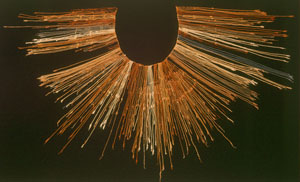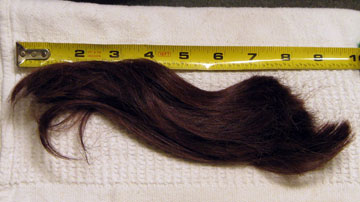My husband and I enjoy hiking. Today he decided that we don’t actually hike we amble because I tend to make frequent stops to look at and document lichens, rocks, plants, and critters.
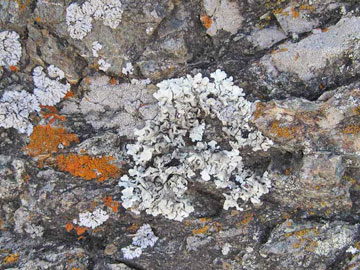
Today I was particularly interested to see how the lichens were doing since there has been a few inches of rain. Lichens add such lovely color and texture to the rock surfaces. In a few months there will be more growth and variety of texture and color.
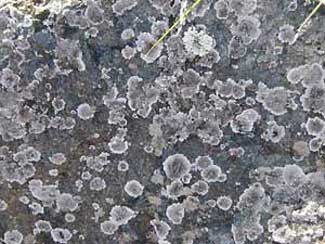

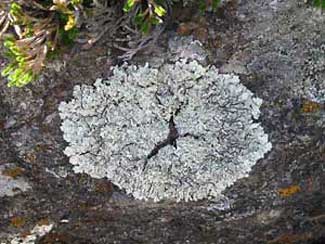
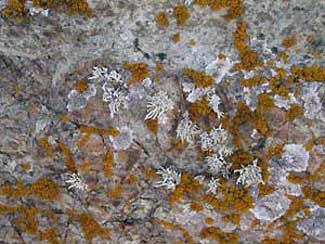
When I travel I visit old cemeteries to view sculptural grave markers. I am fond of carved markers that visually reflect the life of the individual being remembered. And if those markers also have beautiful lichen colonies, even better.
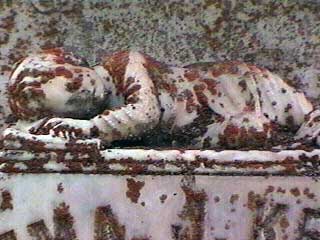
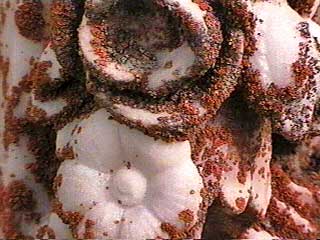
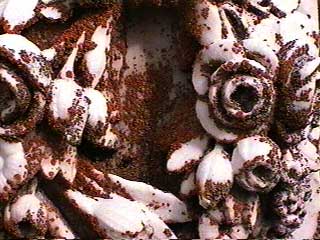
Ceramicists have imitated lichen surfaces in their work. For several years I used low fire lead glazes resulting in great textural surfaces. Now that I am older and after working in medical practices for a number of years, I try not to use things that I know are potentially dangerous. Substituting leaded frits worked for a time until I read lead is lead whether fritted or not. Still potentially dangerous.
This is a detail of a lead glaze that I used several years back. It is on a piece that is situated on a balcony in full sun nearly all day. What I hadn’t anticipated was the fading of the glaze.

There are numerous ways that to make textural glazes without using lead. Glazes can be underfired or overfired, formulas altered, aggregates added… A great book to read is Lana Wilson’s Ceramics: Shape and Surface Handouts for Potters. She is generous with glaze formulas and handbuilding tips. The book can be purchased directly from her website.
The California Lichen Society (CALS)

